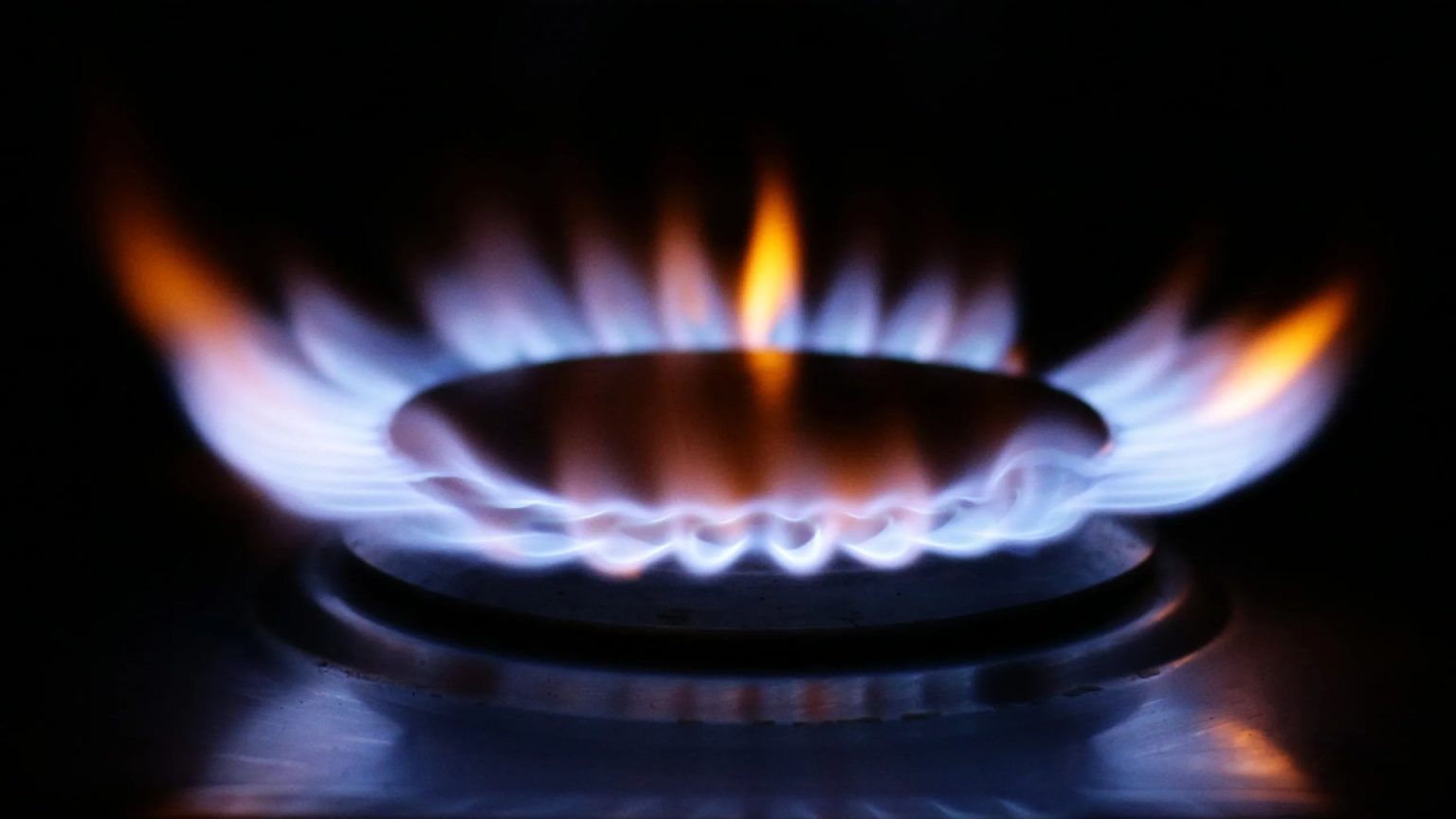Declining Customer Satisfaction in the UK Energy Sector: A Call for Improvement
The UK energy market is facing a significant challenge: widespread customer dissatisfaction. Recent research by consumer group Which? reveals that millions of customers at some of Britain’s largest energy companies are receiving subpar service, raising concerns about the state of the industry. This dissatisfaction comes at a crucial time, as energy prices have stabilized and more fixed-term deals are becoming available, offering consumers the opportunity to lock in rates and potentially mitigate the impact of predicted price increases in the near future. However, the similarity in pricing across many of these deals underscores the importance of customer service as a key differentiator when choosing a provider.
Which?’s research involved surveying thousands of households about their satisfaction with their energy suppliers, combined with an assessment of the companies’ behind-the-scenes practices and policies. This comprehensive approach yielded an overall score for each provider, allowing for a direct comparison of their performance. The findings are alarming, with several well-known energy giants, including British Gas, Scottish Power, and Ovo Energy, receiving scores below 60%, indicating significant shortcomings in their customer service. These companies serve a substantial portion of the UK’s energy consumers, highlighting the widespread nature of the problem.
The survey revealed a range of issues contributing to customer dissatisfaction. British Gas, one of the largest suppliers in the UK, performed poorly in terms of customer service, receiving a high volume of complaints and demonstrating inefficiency in resolving customer issues. Ovo Energy, the third-largest provider, garnered the lowest customer satisfaction score of 56%, also struggling with complaint handling. So Energy, while achieving a slightly higher customer score of 63%, fell short in meeting smart meter targets, facilitating smooth customer switching processes, and providing adequate out-of-hours customer support. Scottish Power, with an overall score of 59%, had the second-lowest customer satisfaction rating in the survey.
In stark contrast to these underperforming giants, smaller suppliers like Octopus Energy, Utility Warehouse, and 100Green emerged as leaders in customer satisfaction. These companies earned the distinction of Which? Recommended Providers, demonstrating a commitment to customer-centric practices. Octopus Energy achieved the highest overall score of 74%, with nearly nine out of ten customers expressing satisfaction and willingness to recommend the supplier. Utility Warehouse followed closely with an overall score of 73%, excelling in both customer satisfaction and behind-the-scenes assessments. 100Green also performed admirably, securing an overall score of 70% and receiving high marks for customer satisfaction and operational practices.
The disparity in performance between the top-rated and bottom-ranked suppliers underscores the need for significant improvements in the industry. Which? energy editor, Emily Seymour, emphasized the unacceptable nature of poor customer service in such a vital sector. She urged underperforming companies to elevate their standards to meet consumer expectations for value and service. While British Gas acknowledged the research and pointed to investments in customer service and support packages, the persistent low scores suggest that more substantial changes are necessary.
For consumers dissatisfied with their current energy provider, switching is a viable option, potentially leading to both improved service and cost savings. Comparison websites like uswitch.com and moneysavingexpert.com offer tools to compare deals based on address, current supplier, usage, and payment preferences. Consumers can cross-reference these deals with the Which? rankings to select a provider that offers both value and excellent customer service. It’s crucial to check for exit fees and contract lengths before switching to avoid unexpected costs.
Switching energy providers is a straightforward process that can yield significant benefits. Consumers on standard variable tariffs (SVTs) could potentially save up to £250 annually by switching to a fixed-rate deal. Comparison websites facilitate the process of finding the best deals, which are often available online. Once a suitable deal is identified, contacting the new supplier initiates the switch. Having information such as postcode, current supplier, tariff details, and a recent meter reading readily available streamlines the process. The new supplier will handle the notification of the current provider, and the switch typically takes no more than three weeks, with no interruption to service. By actively engaging in the market and utilizing available resources, consumers can empower themselves to secure better service and potentially reduce their energy bills.




